Do pull ups work the forearms well? Yes, pull ups work the muscles of the forearm because they’re needed to grip the bar. But depending on your grip, you can emphasize the forearm extensors and brachioradialis (overhand grip) or the forearm flexors (underhand grip).
Related posts
- Do bicep curls work forearms?
- Do pushups work forearms?
- Does bench press work forearms?
- Are deadlifts enough for forearms?
How well do pull ups work the forearms?
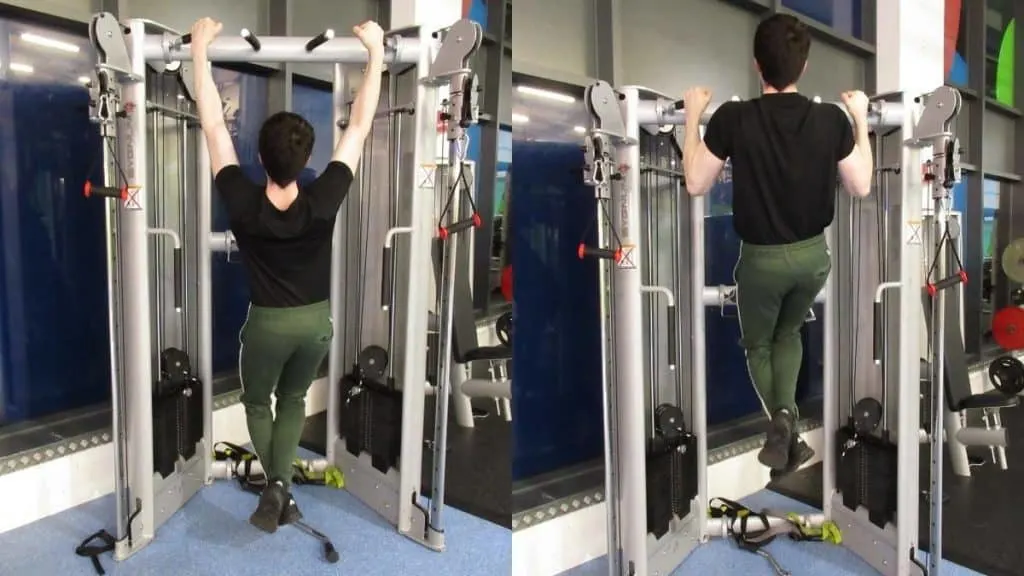
Pull ups work numerous muscle groups. But when you consider pull ups forearms wise, you quickly learn that your lower arms are one of the key muscle groups involved in the movement.
Since the forearms are needed to grip the bar, they’re worked very well during pull ups. Also, as you actually pull yourself up, the brachioradialis muscle becomes highly active because it functions to flex the elbow.
This explains why many people who perform calisthenics actually have good forearms despite not training them directly. When you’re supporting your entire bodyweight, your arms and forearms are bound to grow.
How well do chin ups work your forearms?
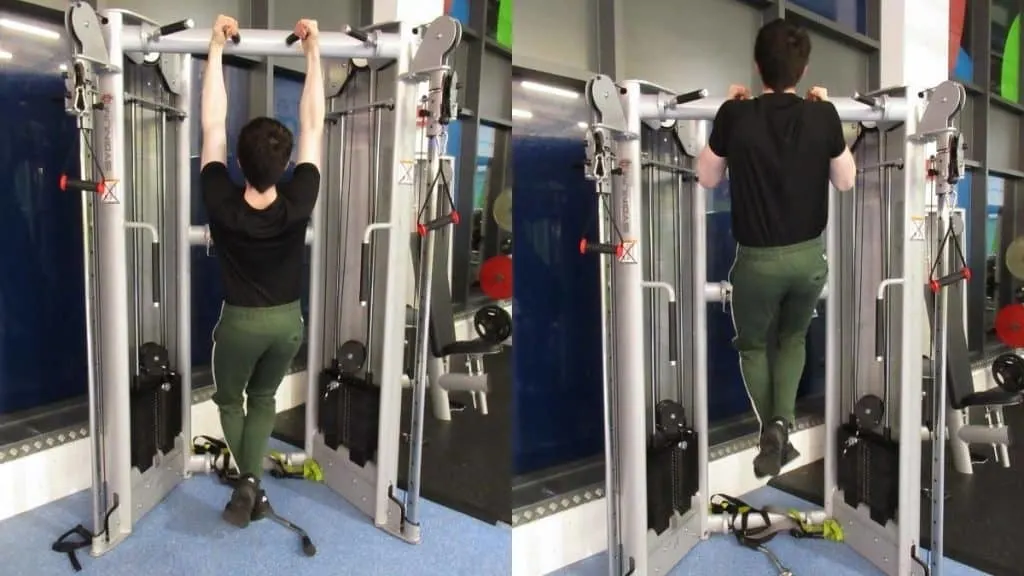
Chin ups recruit comparatively fewer forearm extensor muscle fibers and more forearm flexors due to the underhand grip. The gripping muscles receive a very similar amount of stimulation as they get during pull ups because even though the biceps are helping a lot more, you still have to use your hand muscles to hold onto the bar.
However, the brachioradialis is much less active than during the overhand version because the biceps are replacing it.
Will pull ups build the forearms?
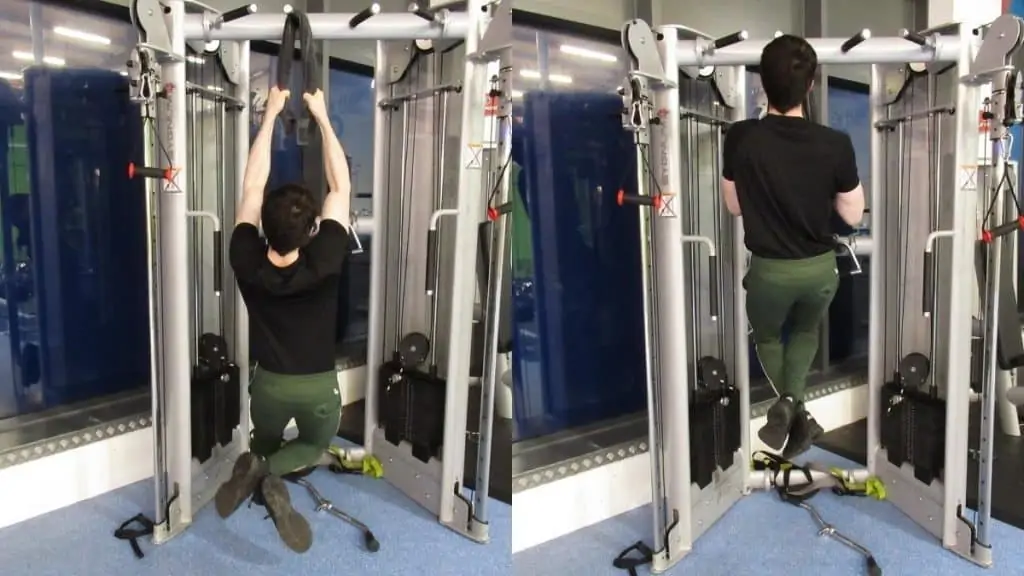
If you perform forearm pull ups where you attach a towel or something similar to the bar, then yes, pull ups will build the forearms very nicely indeed. This is because you need to put more effort into your grip, which in turn actives the forearm muscles to a higher degree.
That said, if you don’t fancy spending extra time on the setup and would prefer to just grab a bar and start training, then you can still get some good forearm gains from pull ups.
Although many other back exercises also work your forearms, pull ups are by far the best because your grip is taxed to such a large degree. And anyone with a firm grip usually has the forearm size to match.
So you might want to try forearm pull ups (or at least go strapless) next time you train your back.
See also: forearm pain from doing pull ups
Why do my forearms give out during pull ups?
Getting the v-taper that you dream of can feel impossible when your grip keeps giving out during pull ups. But these 3 proven tips can help.
Also, consider whether or not your body fat is the weak link. This can be tough to admit, but often, if we’re carrying excess adipose tissue, then we’ll naturally struggle to pull our bodyweight high enough. [1]
Your grip is weak
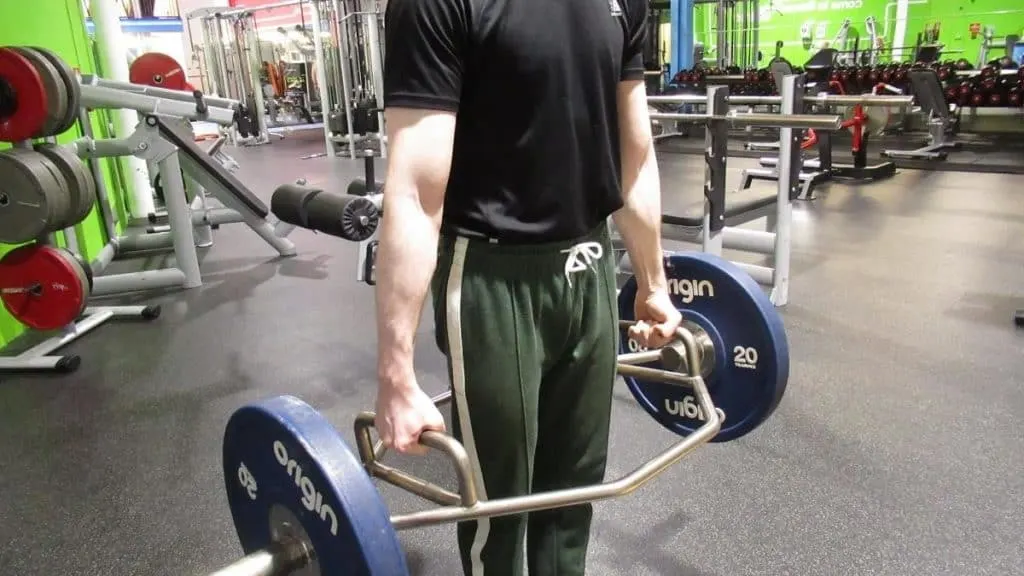
Let’s start with the obvious. If your grip is weak, then here’s no way that you’re going to be able to support your bodyweight while it’s suspended in the air.
Now, the bodybuilder hearing this would run off and start doing forearm curls. And while this exercise can build some decent size, it doesn’t do much for your grip strength.
Instead, you want to do exercises like static holds, plate pinches, hand grip squeezes, and dead hangs. These movements build forearm size, too. But crucially, they build crushing grip strength that will help you dominate your compound lifts.
You’re gripping the bar incorrectly
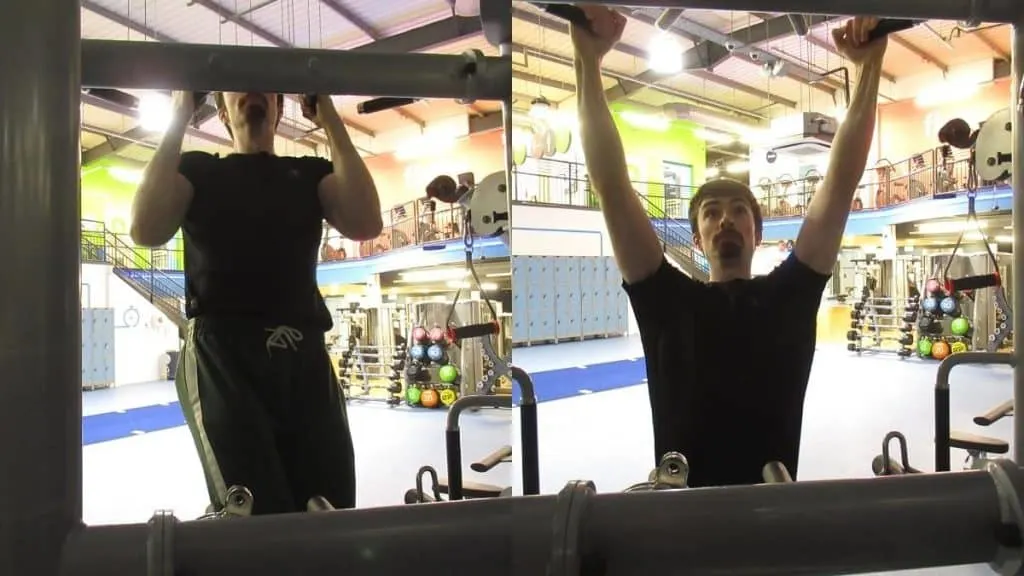
When you tire during pull ups, your fingers are usually called in to save the day. But you shouldn’t use this “finger grip” from the very first rep.
Instead, grip the bar with the palms of your hands. This way, you’re using the entirety of your forearm musculature and not just your itsy-bitsy finger muscles.
I realize that this is easier said than done if you have a weak grip. But trust me, if you’re struggling with pull ups, you’ll feel like a changed person once you strengthen your grip.
Your back probably isn’t as weak as you think (after all, the lats and traps are big muscles); your grip is likely the issue.
Your forearms are fatigued
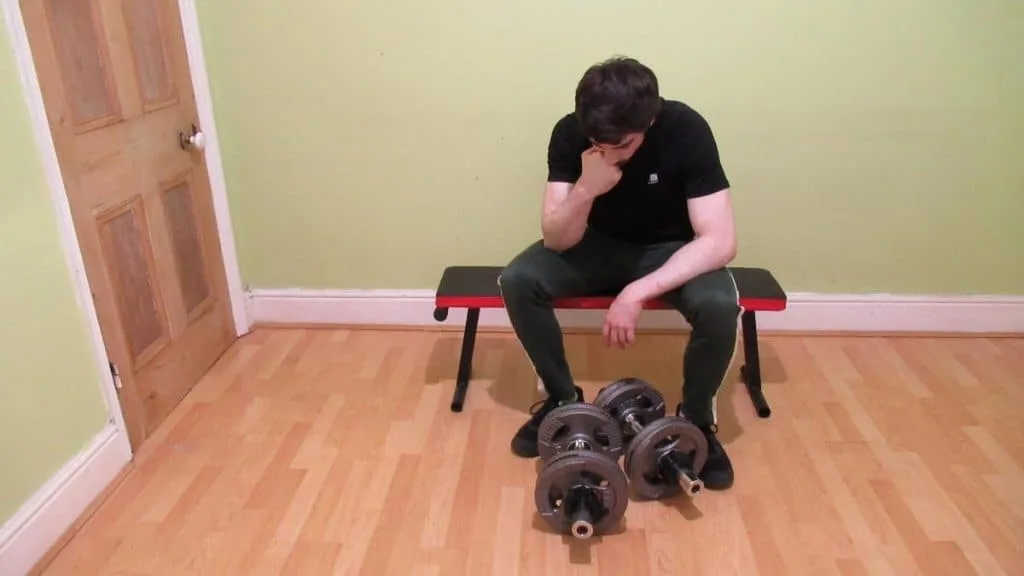
If you do 20 sets of back training and then finish with pull ups you might struggle to hold onto the bar without straps (or a gun pointing to your head).
As such, since pull ups require comparatively more grip strength than other back exercises, you want to perform them first in your routine where possible. [2] And unless you’re a powerlifter, then I actually recommend doing them before deadlifts because they’ll build much more mass in your lats than pulling heavy weights off the floor will.
See Also: Do pull ups work your triceps?
Conclusion: Do pull ups work forearms or not?
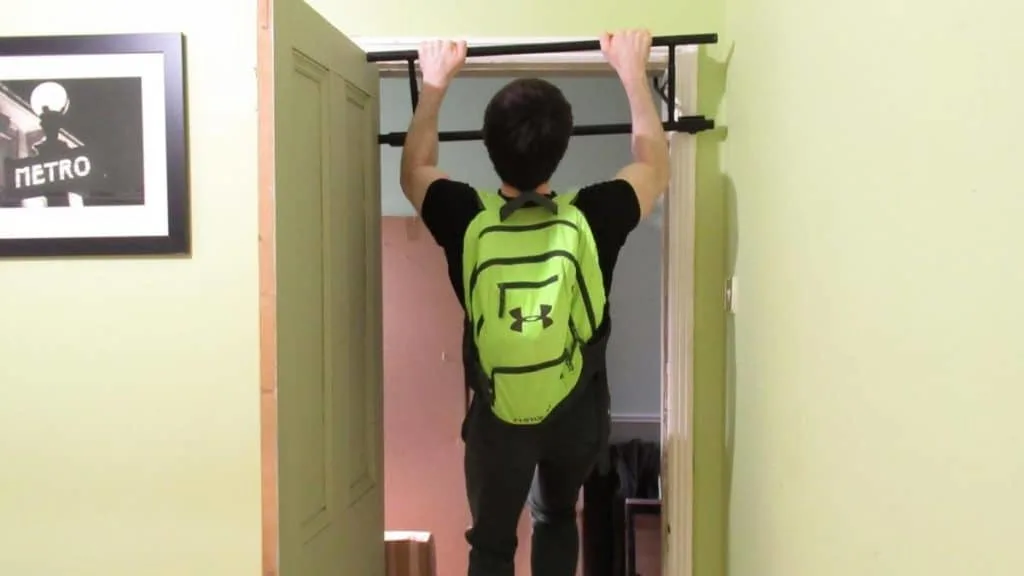
So, do pull ups work the forearms or not? As we’ve just established, pull ups works the forearm muscles very well. You can change your grip to emphasize the flexors (underhand) or the extensors and brachioradialis (overhand).
Just make sure to do pull ups first in your workouts, where possible, because they require more grip strength than virtually any other back exercise. And yes, that might mean sacrificing your deadlift to an extent. But let me ask you this: Would you rather have big lats, or would you rather have a narrow back but a big deadlift?
Of course, you can have both. But whichever movement gets trained first will likely see the fastest and best results. So if you’re struggling with pull ups, then I definitely recommended doing them first in your session.
Other than that, definitely do some kind of grip training if your forearms are giving out before your back during chin ups, etc. You can do forearm pull ups where you grip a thick object, like a towel, as you pull yourself up. If you can master this challenging variation, then regular pull ups will feel easy once you go back to them.
References
- Sanchez-Moreno, M., Pareja-Blanco, F., Diaz-Cueli, D., & González-Badillo, J. J. (2016). Determinant factors of pull-up performance in trained athletes. The Journal of Sports Medicine and Physical Fitness, 56(7), 825–833. https://www.minervamedica.it/en/journals/sports-med-physical-fitness/article.php?cod=R40Y2016N07A0825
- Locke, B. (2018, December 10). Priority Training: How Important Is It? Bodybuilding.Com. https://www.bodybuilding.com/fun/teen-locke32.htm
- Fit Father Project – Fitness For Busy Fathers. (2018, November 16). How to Do Towel Pull-ups – Build Bigger Forearms & Stronger Grip [Video]. YouTube. https://www.youtube.com/watch?v=Z6o1sy-sw_I

